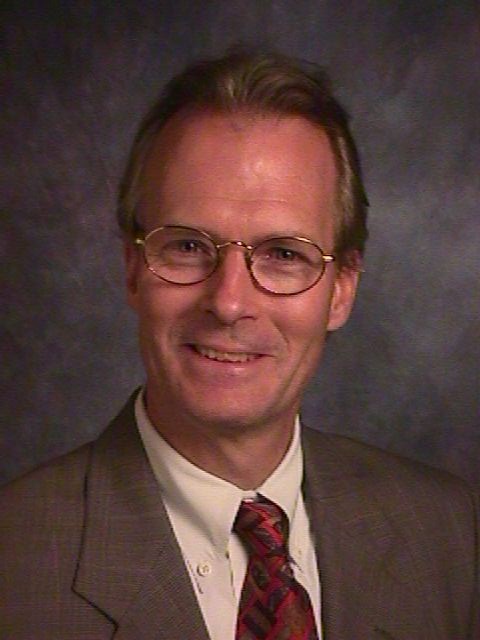|
Donald M. Black, Sr.
Barbara Bloom
Stuart Bogom
Doris L. Clinkscale
Julie Cox
Kate and Thomas Deahl
Fred Dedrick
George C. Draper
Bob Elfant
Fran Emery
Ann and Bill Ewing
David Fellner
Robert Fluhr
Dorothy Guy
Jean Harland
The Hartsfields
Yvonne Haskins
Pat Henning
Lucy Hill
The Johnson Sisters
Andre Johnson
Esther Kahn
Maurice Kilson
Kimbleton and Miller
Andy Lamas
Martha Kent Martin
The Moraks
Robert N.C. Nix II
John and Mary Nolan
Jim Peterson
Debby Pollak
Shirley Ransome
Daisy Reddick
Harold Rush
Steve Stroiman
Tim Styer
Yvonne Thompson-Friend
Mabel Williams
Dr. William Winston
Dan Winterstein
| |
Fred Dedrick
Fred Dedrick was nominated as a Good Neighbor by the
neighbors he has lead in their efforts to deal with Mayfair House, the large
apartment  building
on the corner of Johnson Street and Lincoln Drive. After a ten-year struggle,
this 13-story apartment building will be demolished. Fred is not entirely happy
with the result. Indeed, he calls it a “tragedy,” for the building is, he
recognizes, of some architectural significance. It is, like Alden Park, an early
example of the notion of creating apartments in the park. But Fred and his
neighbors eventually came to realize that there was no alternative but to
demolish the building. building
on the corner of Johnson Street and Lincoln Drive. After a ten-year struggle,
this 13-story apartment building will be demolished. Fred is not entirely happy
with the result. Indeed, he calls it a “tragedy,” for the building is, he
recognizes, of some architectural significance. It is, like Alden Park, an early
example of the notion of creating apartments in the park. But Fred and his
neighbors eventually came to realize that there was no alternative but to
demolish the building.
Mayfair House was only half occupied when Fred moved into the
neighborhood. As he tells the story: “It soon deteriorated due to a series of
fires and problems with a water tank that made the elevators inoperable. In
January 1989, the building was closed. Vandals easily got into the building. I
began to organize the neighbors about what we should do about it. Our goal was
first to get the building securely closed and then to meet with the new owners
to get it rebuilt. But the city could not get it securely closed. In the next
few years, the building was systematically stripped of anything of value. We had
many, many community meetings to try to find a resolution to this problem. The
Historical Preservation Society wanted the building to be restored and
rehabilitated. And we agreed. But we had one developer after another come
through, present an idea, and then fail. At one point a developer began to rehab
the building, but then went bankrupt. And then we began to see other problems:
drug dealers, prostitutes, and squatters. We went through everything a bunch of
neighbors could do. Finally we just said it has to be torn down. Most of us
didn’t want this to happen. But we saw no alternative. It was a terrible
battle to convince people that there was nothing else to do. Lots of people
looked at the building, but no one could come up with the money or a sound plan
to save it. Eventually we got the city to agree to demolish it. It is a tragedy
that this building has to be torn down. But it is a tremendous relief to the
neighbors.”
Throughout this struggle, Fred was the leader of his
neighborhood. His neighbors say Fred has “responded to each change in the
situation by acquiring and sharing knowledge, and contacting the appropriate
individuals. At each step he has demonstrated his philosophy of inclusion and
democracy… via frequent mailings and neighborhood meetings, and developing an
atmosphere of group decision-making.”
Though disappointed by the result of this long battle, Fred
hopes that something good will come out of it besides removing a blight from the
neighborhood. “The land, which is really the entrance to West Mt. Airy, will
become part of Fairmount Park. We hope to get it landscaped and develop some
ideas to turn into a real asset to West Mt. Airy. Fred plans to say involved in
this next part of the story.
|